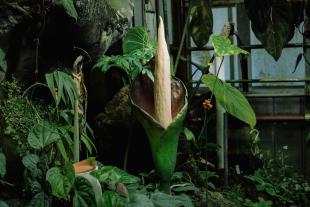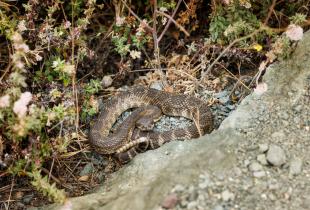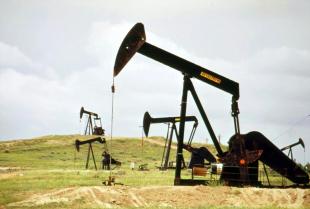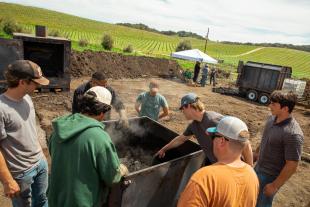Endangered Local Lizard May be Threatened by Climate Change, According to Cal Poly Study
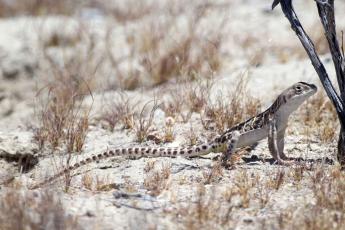
An iconic local lizard in the Carrizo Plain may be threatened by climate change, according to a new study.
The study, a collaboration between Cal Poly, York University in Canada, and the U.S. Bureau of Land Management, was led by Cal Poly biological sciences graduate student Kat Ivey and published in the journal Conservation Physiology.
The team of scientists found that blunt-nosed leopard lizards were forced into underground burrows during much of the day due to soaring summer temperatures. This means the lizards cannot mate, feed or defend their territories.
The study predicts the lizard will lose additional hours of daily activity due to climatic change this century, with uncertain outcomes for the lizard.
The blunt-nosed leopard lizard (Gambelia sila) used to range throughout the Central Valley and neighboring areas like the Carrizo Plain in San Luis Obispo and Kern counties.
When most of that area was converted for agriculture and oil exploration, the lizard lost 85% of its habitat, and it was listed as a federally endangered species in 1967.
These large, charismatic lizards now cling to existence in an increasingly harsh habitat where conditions allow them to be active for only about three months per year for several hours per day.
Between 1992 — the first year for which temperature data is available in the Carrizo Plain — and 2019, the average temperature during the month of July has increased from the mid- 70s into the 80s with highs well above 100 degrees. That average includes nighttime temperatures.
The Cal Poly study highlighted multiple ways to protect the lizards.
The burrows that provide shelter for the lizards are created by giant kangaroo rats, themselves an endangered species whose habitat is only passively managed by BLM.
Small shrubs also provide shade for the lizard. Though there has been some disagreement in the scientific community about whether these shrubs actually help the lizard, this study finds that the shrubs help the lizards increase their time spent above ground, where they can carry out essential life tasks.
“Our study shows managing these burrows and the shrubs could be an important factor in the survival of the blunt-nosed leopard lizards,” Ivey said.
The scientists hope that their study can inform future management decisions on BLM land in the Carrizo Plain. Currently, the Carrizo Plain is split among BLM land, private land and other federal land, all of which are managed differently.
Some of these future decisions might be geared toward conservation of the giant kangaroo rat that makes the burrows used by the lizards, evaluating BLM grazing practices and transplanting and managing shrubs in lizard habitat.
BLM biologist and study co-author Mike Westphal said, “Bureau of Land Management has a long history of working with research partners at universities and other agencies to inform management and provide for conservation of important natural resources, including sensitive plant and animal species.”

